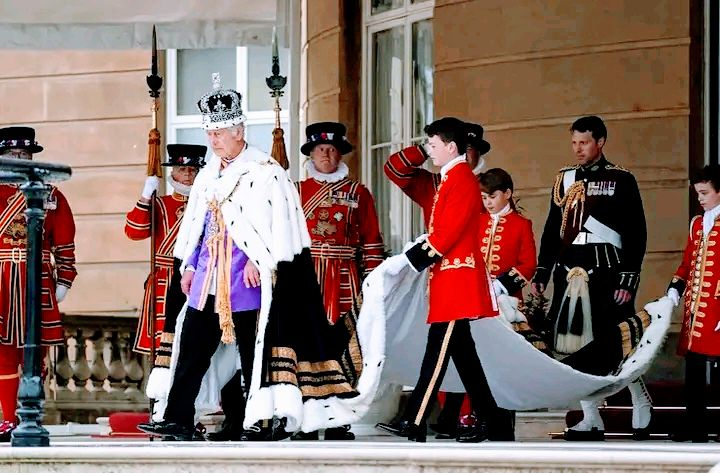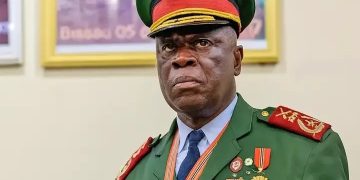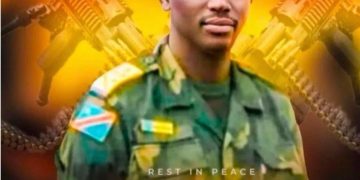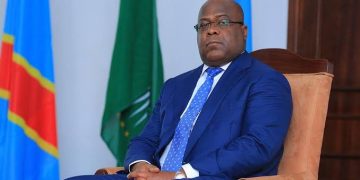
The crowning of King Charles III took place in front of the royal family, 4,000 British and Commonwealth troops, nearly 100 international leaders, a television audience of millions, and the largest ceremonial event to take place in the United Kingdom in seven decades.
Written by Chris Muhizi Minembwe Capital News 9:50pm Nairobi Kenya Time.
During a sombre two-hour service on Saturday, Archbishop of Canterbury Justin Welby placed the 360-year-old St. Edward’s Crown on Charles’s head in Westminster Abbey.
The Queen Mary’s Crown was also used to crown Camilla, Charles’ second wife.
The monarch took an oath to protect the Church of England, whose nominal head he is, and to rule in justice. The most important phase of the process, during which he was anointed with oil on his hands, head, and breast, was then performed with him concealed from onlookers by a screen.
The crowd shouted “God save the king” as Welby put the St. Edward’s Crown on the monarch’s head after presenting him the symbolic regalia.
The Lord help King Charles. King Charles, long live. After a trumpet flourish, the abbey’s assembly prayed for the monarch to live eternally.
King Charles III leaves Westminster Abbey after the Coronation service.
King Charles III leaves Westminster Abbey after the coronation service. [Reuters, via Gareth Cattermole/Pool]
Gun salutes were fired at several locations, including the Tower of London, the whole nation’s capital, Gibraltar, Bermuda, and seagoing vessels.
The event, which was broadcast on television for the first time ever, was an effort to depict a monarchy that was looking to the future, with individuals engaged representing a more varied nation and all of its religions.
The coronation was described as “a cherished ritual through which a new era is born” by Prime Minister Rishi Sunak, while King Charles III hoped to be a “blessing” to people of “every faith and conviction.”
He said in a tweet that “no other country could put on such a dazzling display,” adding that it “is not just a spectacle”.





